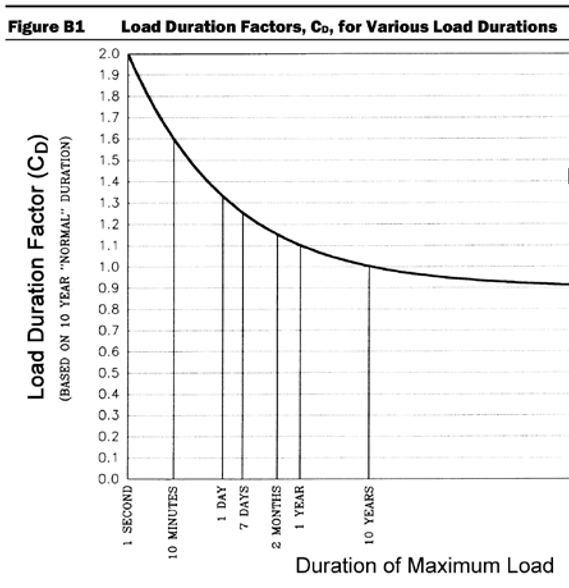dik
Structural
- Apr 13, 2001
- 26,021
I don't do a lot of wood design, but occasionally need to connect guards or handrails to wood structure. I've been using values based on CSA O86, the Canadian Wood Code and treating the load duration as Normal. Since it is unlikely that any loading for these elements would be sustained. Should I be using short term duration for design of these fasteners?
thanks...
So strange to see the singularity approaching while the entire planet is rapidly turning into a hellscape. -John Coates
-Dik
thanks...
So strange to see the singularity approaching while the entire planet is rapidly turning into a hellscape. -John Coates
-Dik

